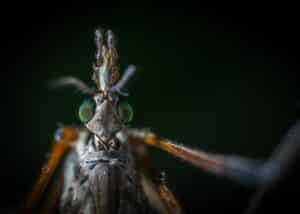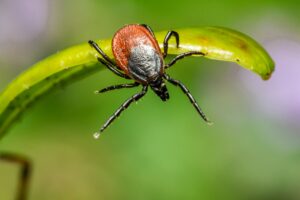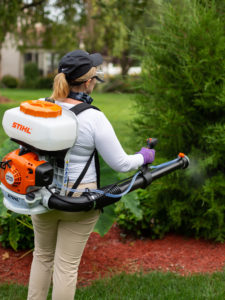Pyrethroid resistance in mosquitoes makes them a challenge to control
Wondering why mosquito resistance to pyrethroids is increasing? Likely it is because pyrethroids are used a lot to control a lot of insects in close proximity to each other.
In a recent study in the Journal of the American Mosquito Control Association (2020). A team from Collier County, Florida, reports on the levels of resistance found in the Culex quinquefasciatus population. They find high levels of of oxidase, esterase and knockdown resistance (KDR).
Access the whole study here. – (Oxidase, Esterase, and KDR-Associated Pyrethroid Resistance in Culex quinquefasciatus Field Collections of Collier County, Florida) – Keira J. Lucas; Rachel B. Bales; Kaci McCoy; Caroline Weldon – {great work shown in this paper!}
The main focus of the study was to determine the KDR and mortality rates upon application of Pyrethroids. In most areas where mosquitoes were collected, there was Pyrethroid resistance.
What does that mean? Mosquitoes in the Collier County, Florida have a varied L1014F mutation in the voltage-gated sodium channel (VGSC), which plays a role in Pyrethroid resistance.
Pyrethroids are designed to hold the sodium channels open for a longer time, resulting in “knockdown” or paralysis before mortality. This resistance means the recovery rate after exposure is higher than the mortality rate. Even though they were knocked down, they get up and live to bite another day.
The study also found a correlation between sampling sites to have the L1014F mutation as a big player in the resistance to Pyrethroids. This mutation converts L = leucine to F = phenylalanine at the 1014 position in the VGSC. Also, oxidase and esterase were proved to play a role in Pyrethroid resistance reduction in two of the sampling sites in Collier County.

Why should I be concerned?
Throughout this research article, the underlying issue is mosquitoes are recovering after the initial “knockdown” or paralysis, because they have the KDR mutation. In turn, mortality reduction results in the underlying issue of resistance. – The resistant mosquitoes live to spread their resistant genes to their offspring. By continuing to treat with pyrethroids people are effectively screening for the resistance mosquitoes and magnifying the problem.
At the end of the article, researchers emphasized that insecticide resistance is a challenge. Public health agencies need to have access to reliable testing and monitoring systems for insecticide resistance in mosquitoes.
Especially in urban areas, where mosquito resistance is most prominent due to pest control, misting systems and lawn care products used to get rid of a wide spectrum of insects and other arthropods.
As an owner of a pest control business, why should you be concerned? If mosquitoes in your area can recover from Pyrethroids, then you need to find product with other active ingredients to provide a great service to your clients.
Stop the Bites! uses the power of essential oils to kill mosquitoes and ticks. It is very effective against pyrethroid resistant mosquitoes.
Natural products have a different mode of action than pyrethroids
Stop the Bites! is a natural mosquito control product proven to knockdown mosquitoes within four hours! All ingredients are safe to use around pets and families. View our products here. Best of all, once the mosquitoes are knocked down, they will not get back up.
As a pest control professional you can stay ahead of the game by always thinking about new tools and new ways to approach your customers’ issues. Mosquito and tick products based on essential oils, such as Stop The Bites! are an excellent option to consider. They can also be a useful tool to have in your toolbox for hard to control groups of mosquitoes.





